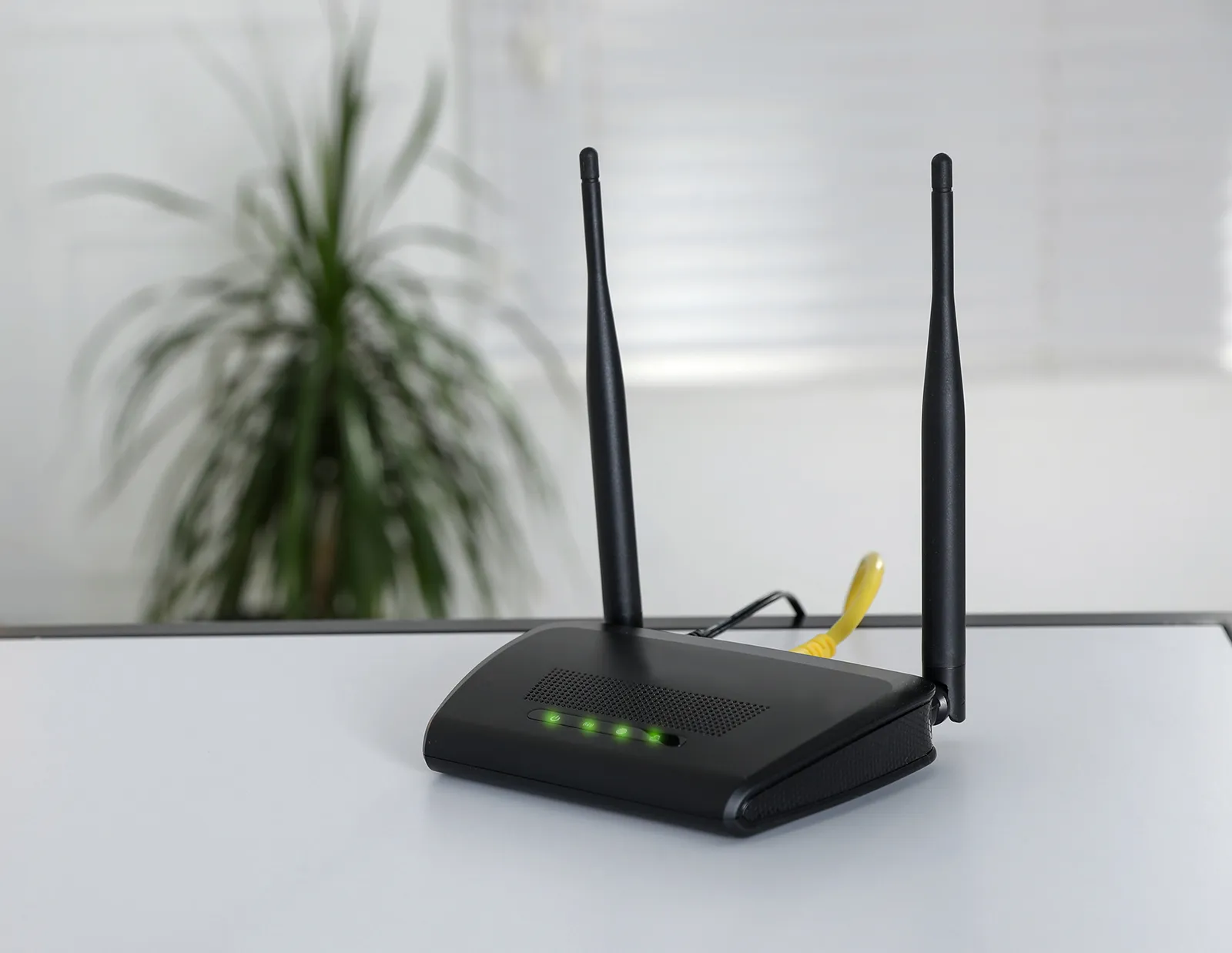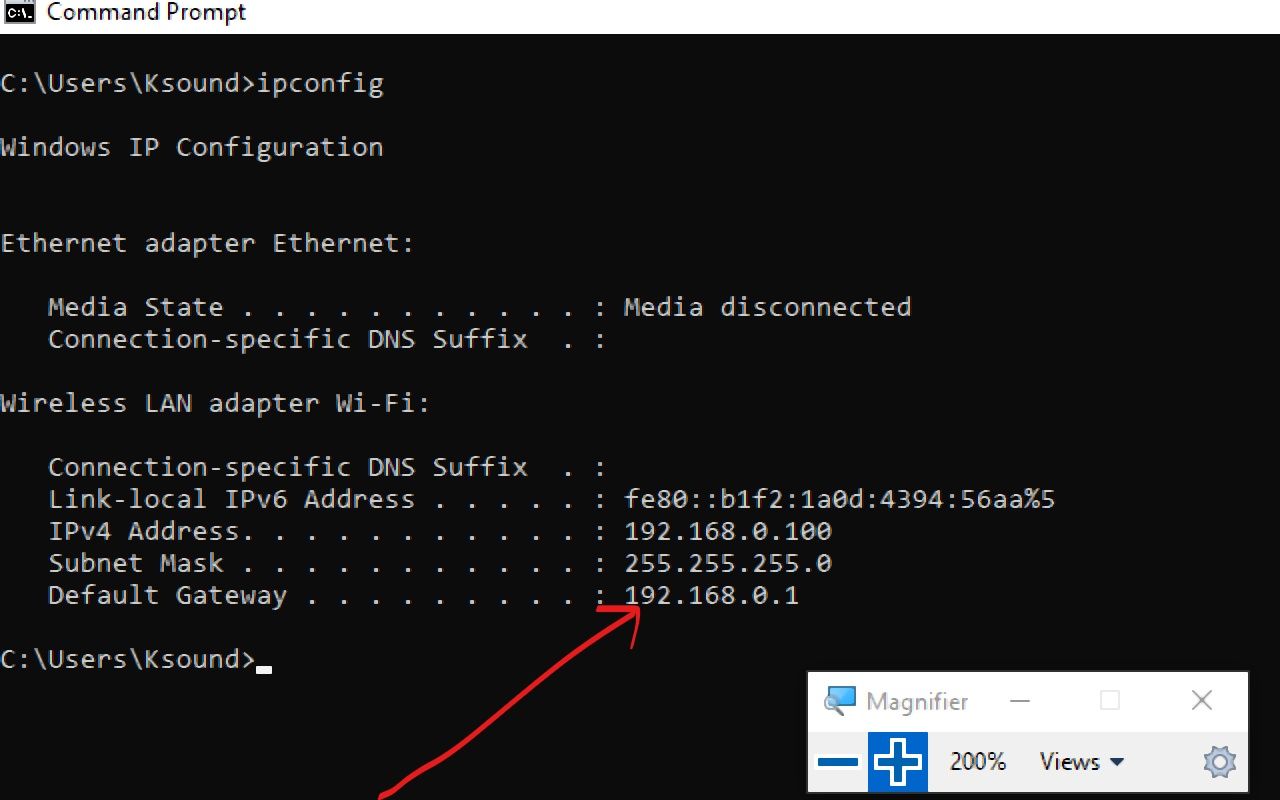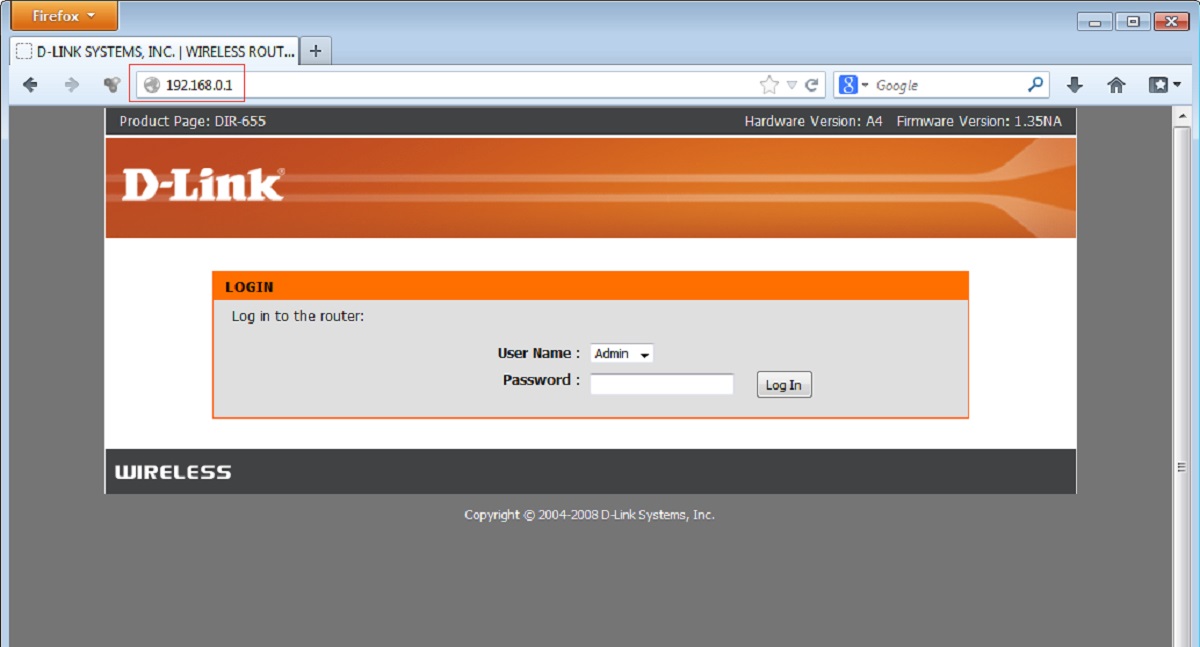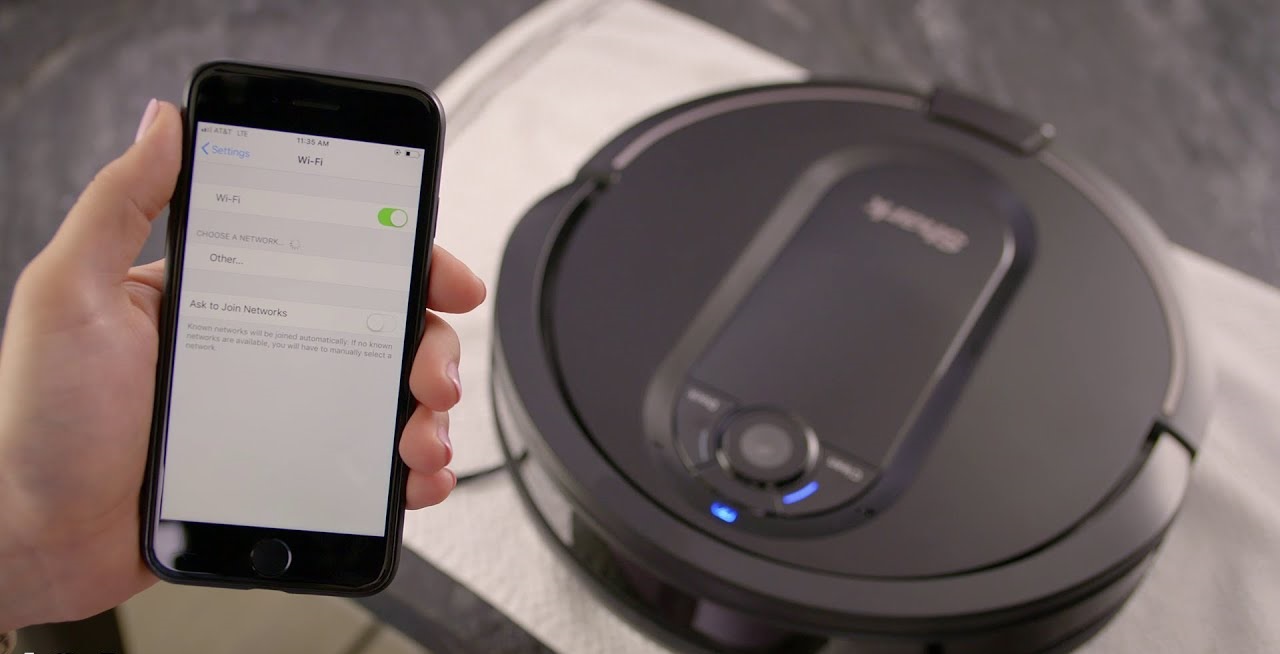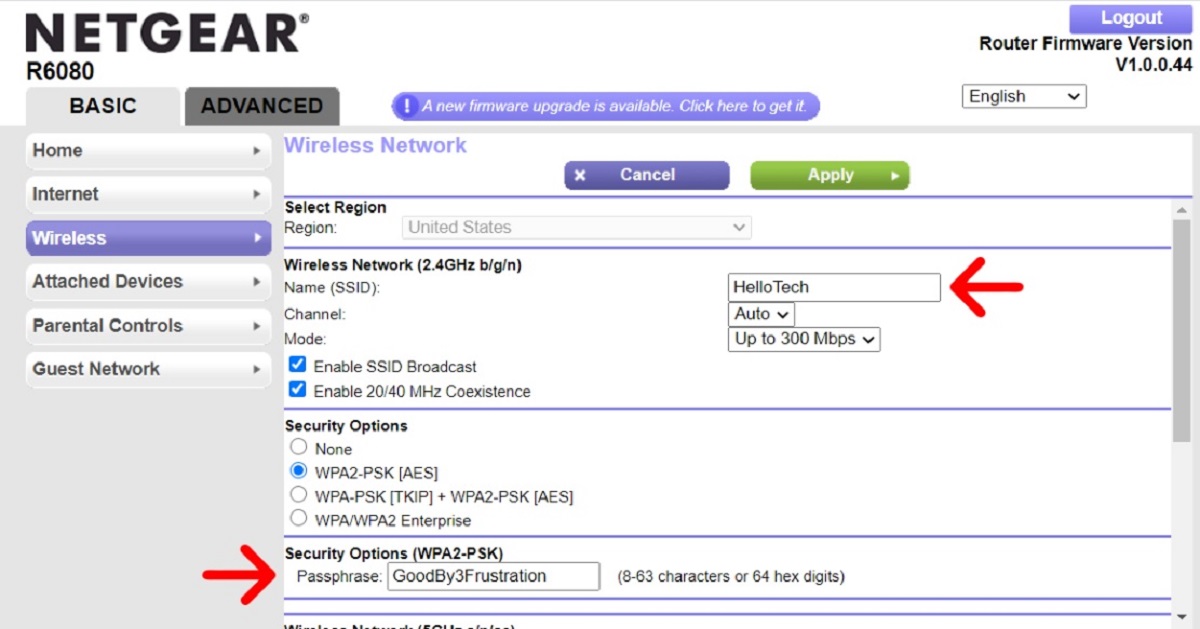Introduction
When it comes to troubleshooting network issues or setting up specific configurations, knowing the IP address of your Wi-Fi connection is essential. An IP address serves as a unique identifier for your devices within a network, allowing them to communicate with each other and access the internet.
In this article, we will guide you on how to find the IP address for your Wi-Fi connection on various operating systems. Whether you are using Windows, macOS, Android, iOS, or Linux, we have got you covered. Additionally, we will show you how to find your IP address using both the graphical user interface (GUI) and command line tools.
Understanding how to find your IP address can be beneficial in several scenarios. For instance, if you want to set up port forwarding, access a specific network service, or troubleshoot network connectivity issues, knowing your IP address is imperative. By following the methods outlined in this article, you can quickly and easily obtain the necessary information to address these situations.
It is important to note that while there are similarities in the steps across different operating systems, the specific instructions may vary slightly. However, with our comprehensive guide, you will have no trouble finding the IP address for your Wi-Fi connection regardless of the device or operating system you are using.
Understanding IP Addresses
Before diving into the process of finding your IP address, it is essential to have a basic understanding of what an IP address is and how it functions. An IP address is a unique numerical label that is assigned to each device connected to a network. It serves as a virtual address that allows devices to send and receive data within the network and across the internet.
IP addresses are divided into two types: IPv4 (Internet Protocol version 4) and IPv6 (Internet Protocol version 6). The most commonly used type is IPv4, which consists of four sets of numbers separated by periods. Each set can range from 0 to 255, resulting in a total of approximately 4.3 billion unique IP addresses.
IPv4 addresses are structured in classes, including A, B, C, D, and E. Classes A, B, and C are the most commonly used. Class A addresses are reserved for large networks, Class B addresses for medium-sized networks, and Class C addresses for small networks.
However, with the proliferation of devices connected to the internet and the depletion of available IPv4 addresses, a new protocol, IPv6, was introduced. IPv6 addresses are represented by eight groups of alphanumeric characters separated by colons. This allows for a considerably larger number of unique addresses, ensuring that there are enough addresses for the foreseeable future.
When you connect to a Wi-Fi network, your device is assigned an IP address, either manually or dynamically through a protocol called DHCP (Dynamic Host Configuration Protocol). This IP address acts as a unique identifier for your device within the network, allowing it to communicate with other devices and access the internet.
Understanding IP addresses and their format is crucial when it comes to configuring network settings, troubleshooting network issues, or setting up specific network-related tasks. Now that you have a basic grasp of what an IP address is, let’s move on to finding the IP address for your Wi-Fi connection on various operating systems.
Finding IP Address on Windows
If you are using a Windows operating system, you can easily find the IP address for your Wi-Fi connection through the graphical user interface (GUI). Follow these simple steps:
- Click on the network icon in the system tray located at the bottom right corner of the screen. It will resemble Wi-Fi or an Ethernet cable.
- A list of available networks will appear. Right-click on the network you are connected to and select “Properties.”
- In the network properties window, scroll down until you find the “IPv4 address” or “IPv6 address” field. The value displayed in this field is your IP address.
- Note down the IP address for future reference or to perform any necessary network configurations.
Alternatively, you can also find your IP address using the Command Prompt. Here’s how:
- Open the Command Prompt by typing “cmd” in the Windows search bar and selecting the “Command Prompt” app.
- In the Command Prompt window, type “ipconfig” and press Enter. This will display detailed information about your network connections.
- Look for the network connection you are currently using, either Wi-Fi or Ethernet.
- Under the corresponding network connection, locate the “IPv4 Address” or “IPv6 Address” field. The value next to it is your IP address.
Now that you know how to find the IP address on a Windows computer, you can easily access your network settings, configure port forwarding, or troubleshoot network-related issues. Whether you prefer using the GUI or the Command Prompt, these methods will enable you to quickly obtain your IP address with ease.
Finding IP Address on macOS
If you are using a macOS device, finding the IP address for your Wi-Fi connection is a straightforward process. You can navigate through the graphical user interface (GUI) to obtain this information:
- Click on the Apple menu located at the top left corner of the screen, then select “System Preferences.”
- In the System Preferences window, click on “Network.”
- A list of available network connections will appear on the left-hand side of the window. Select the Wi-Fi connection you are currently using.
- Click on the “Advanced” button at the bottom right corner of the window.
- In the Advanced window, navigate to the “TCP/IP” tab.
- Your IP address will be displayed next to “IPv4 Address” or “IPv6 Address” in the format of four sets of numbers separated by periods or alphanumeric characters separated by colons, respectively.
- Take note of the IP address shown for future reference or any necessary network configurations.
If you prefer using the Terminal, you can also find your IP address through command line tools. Follow these steps:
- Open the Terminal by either searching for it in the Spotlight search or navigating to “Applications” > “Utilities” > “Terminal.”
- In the Terminal window, type “ifconfig” or “ipconfig getifaddr en0” and press Enter.
- Your IP address will be displayed next to “inet” under the network interface you are currently using, typically labeled as en0 for Wi-Fi.
By following these methods, you can easily find the IP address for your Wi-Fi connection on macOS. Whether you prefer using the GUI or the Terminal, these steps will allow you to obtain your IP address swiftly and efficiently. With this information, you can configure network settings, troubleshoot connectivity issues, or perform any necessary network-related tasks on your macOS device.
Finding IP Address on Android
If you are using an Android device, finding the IP address for your Wi-Fi connection is a fairly simple process. Android provides a user-friendly interface to access this information:
- Open the “Settings” app on your Android device. You can usually find it in the app drawer or by swiping down on the notification panel and tapping the gear icon.
- Scroll down and select “Wi-Fi” or “Network & internet,” depending on your device’s settings menu.
- Tap on the Wi-Fi network you are connected to. This will open the Wi-Fi settings page for that network.
- On the Wi-Fi settings page, you will see various information about your network connection. The IP address will be displayed under the “IP address” section.
- Note down the IP address for future reference or any necessary network configurations.
It is important to mention that the specific steps may vary slightly depending on the Android version and device manufacturer. However, the general process remains consistent across most Android devices.
If you prefer using third-party apps, you can also find your IP address by downloading and installing network information apps from the Google Play Store. These applications provide detailed network information, including the IP address for your Wi-Fi connection.
By following the instructions outlined above, you can easily find the IP address for your Wi-Fi connection on your Android device. This information will enable you to configure network settings, troubleshoot connectivity issues, or perform any necessary network-related tasks with ease.
Finding IP Address on iOS
If you are using an iOS device such as an iPhone or iPad, finding the IP address for your Wi-Fi connection is a straightforward process. iOS provides a simple and intuitive interface to access this information:
- Open the “Settings” app on your iOS device. You can usually find it on the home screen.
- Scroll down and tap on “Wi-Fi.”
- On the Wi-Fi settings page, you will see a list of available Wi-Fi networks. Tap on the network name (SSID) you are currently connected to.
- Under the selected Wi-Fi network, you will find various details about the network connection, including the IP address. The IP address will be displayed next to “IP Address.”
- Take note of the IP address for future reference or any necessary network configurations.
It is worth noting that while the process outlined above is standard for most iOS devices, there may be slight variations depending on the iOS version and device model.
If you prefer a more detailed view of your network information, you can also install third-party network utility apps from the App Store. These apps provide comprehensive network details, including your IP address.
By following these steps, you can easily find the IP address for your Wi-Fi connection on your iOS device. This information will enable you to configure network settings, troubleshoot connectivity issues, or perform any necessary network-related tasks with ease.
Finding IP Address on Linux
If you are using a Linux operating system, finding the IP address for your Wi-Fi connection can be done through the command-line interface. Linux provides various command-line tools to retrieve network information:
- Open the terminal by clicking on the terminal icon in the application launcher or by pressing Ctrl+Alt+T.
- Once the terminal is open, type the command “ifconfig” and press Enter. This will display detailed information about your network interfaces.
- Look for the network interface connected to your Wi-Fi, usually labeled as “wlan0” or “wlp2s0” followed by an alphanumeric combination.
- Under the corresponding network interface, you will find the IP address displayed next to “inet” or “inet addr” in the format of four sets of numbers separated by periods.
- You can also use the “ip addr show” command to get the IP address. The IP address will be displayed under the corresponding network interface labeled as “inet” or “inet6.”
Alternatively, you can use the Network Manager tool to find your IP address through the graphical user interface (GUI) on Linux distributions that support it:
- Click on the network icon located in the system tray or taskbar.
- Select your Wi-Fi network from the list of available networks.
- Click on “Connection Information” or a similar option.
- A window will appear showing detailed information about your network connection, including your IP address.
By following these methods, you can easily find the IP address for your Wi-Fi connection on Linux. Whether you prefer using the command-line interface or the graphical user interface, these steps will allow you to obtain your IP address with ease. With this information, you can configure network settings, troubleshoot connectivity issues, or perform any necessary network-related tasks on your Linux system.
Using Command Prompt to Find IP Address
If you are comfortable using the command-line interface, you can find the IP address for your Wi-Fi connection using the Command Prompt on both Windows and Linux systems. The Command Prompt provides a quick and efficient way to retrieve network information:
Windows:
- Open the Command Prompt by typing “cmd” in the Windows search bar and selecting the “Command Prompt” app.
- In the Command Prompt window, type “ipconfig” and press Enter. This command will display detailed information about your network connections.
- Look for the network connection you are currently using, either Wi-Fi or Ethernet.
- Under the corresponding network connection, locate the “IPv4 Address” or “IPv6 Address” field. The value next to it is your IP address.
- Note down the IP address for future reference or to perform any necessary network configurations.
Linux:
- Open the terminal by clicking on the terminal icon in the application launcher or by pressing Ctrl+Alt+T.
- Once the terminal is open, type the command “ifconfig” and press Enter. This will display detailed information about your network interfaces.
- Look for the network interface connected to your Wi-Fi, usually labeled as “wlan0” or “wlp2s0” followed by an alphanumeric combination.
- Under the corresponding network interface, you will find the IP address displayed next to “inet” or “inet addr” in the format of four sets of numbers separated by periods.
- Note down the IP address for future reference or to perform any necessary network configurations.
Using the Command Prompt allows you to quickly retrieve the IP address for your Wi-Fi connection without having to navigate through graphical user interfaces. By following these steps, you can easily access your network settings, configure port forwarding, troubleshoot network-related issues, or perform various network-related tasks on your Windows or Linux system.
Using Terminal to Find IP Address
If you are using a macOS or Linux operating system, you can find the IP address for your Wi-Fi connection using the Terminal. The Terminal provides a powerful command-line interface to retrieve network information quickly and efficiently:
macOS:
- Open the Terminal by either searching for it in the Spotlight search or navigating to “Applications” > “Utilities” > “Terminal.”
- In the Terminal window, type “ifconfig” or “ipconfig getifaddr en0” and press Enter.
- Your IP address will be displayed next to “inet” under the network interface you are currently using, typically labeled as en0 for Wi-Fi.
- Note down the IP address for future reference or any necessary network configurations.
Linux:
- Open the terminal by clicking on the terminal icon in the application launcher or by pressing Ctrl+Alt+T.
- Type the command “ifconfig” and press Enter. This will display detailed information about your network interfaces.
- Look for the network interface connected to your Wi-Fi, usually labeled as “wlan0” or “wlp2s0” followed by an alphanumeric combination.
- Under the corresponding network interface, you will find the IP address displayed next to “inet” or “inet addr” in the format of four sets of numbers separated by periods.
- Note down the IP address for future reference or to perform any necessary network configurations.
Using the Terminal allows you to quickly retrieve the IP address for your Wi-Fi connection without having to navigate through graphical user interfaces. By following these steps, you can easily access your network settings, configure port forwarding, troubleshoot network-related issues, or perform various network-related tasks on your macOS or Linux system.
Conclusion
Knowing how to find the IP address for your Wi-Fi connection is essential when it comes to troubleshooting network issues, setting up specific configurations, or performing network-related tasks. In this article, we have provided a comprehensive guide on finding the IP address on various operating systems and using both graphical user interfaces (GUI) and command-line tools.
On Windows operating systems, you can easily find your IP address through the network properties or by using the Command Prompt. Mac users can navigate to the network settings or use the Terminal to obtain their IP address. Android and iOS devices provide user-friendly interfaces within their respective Settings apps to access the IP address information. Linux users have the option of using either the command-line interface or the Terminal to retrieve their IP address.
By following the methods outlined in this article, you can quickly and effortlessly obtain the necessary IP address information for your Wi-Fi connection. Whether you prefer the simplicity of the GUI or the efficiency of the command-line tools, these instructions will enable you to retrieve the IP address on any device or operating system.
Having access to your IP address empowers you to configure network settings, troubleshoot connectivity issues, perform port forwarding, or any other tasks that require network configuration. With this knowledge, you can now navigate the complexities of networking with confidence and resolve any network-related challenges that come your way.
Remember, the IP address is a vital piece of information that ensures your devices can communicate with each other and connect to the internet. By understanding how to find your IP address, you have taken an important step towards optimizing your network experience.







